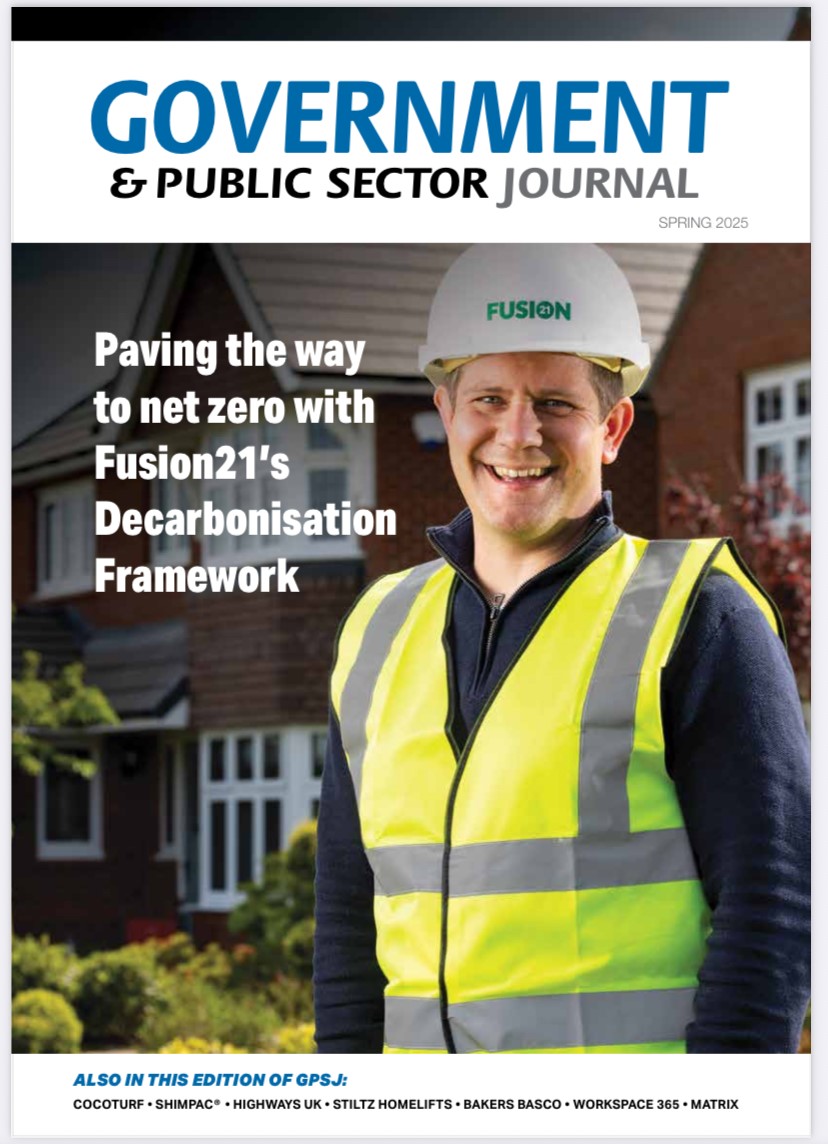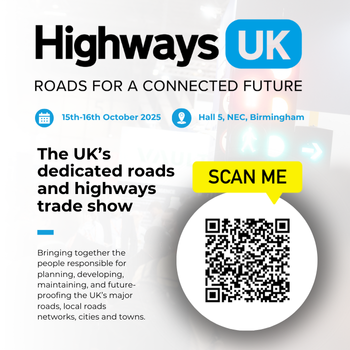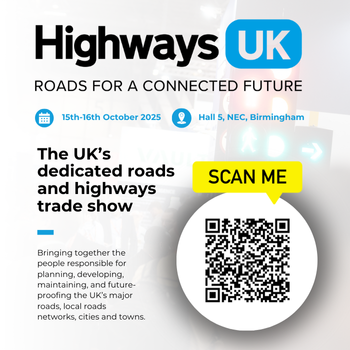Social media has taken the world by storm. More specifically, Twitter, with its simplicity and powerful outreach, has rapidly grown in popularity and usage. With the general election looming and public sector budgets tighter than ever, Adrian Moss, head of Web 2.0 at Parity, discusses the benefits of social media and how new communication mediums can be used effectively to engage voters, disseminate information and create an affinity with communities further and wider than previously possible.
Keeping in touch with people and learning what they are up to, where and when, are all natural human instincts. Social media allows Internet users to do this with ease. Some people treat this means of connectivity as a numbers game; the more ‘followers’ or ‘friends’ the better, whereas for others it is the quality of the contacts and the kind of information those people share that is most important. Personally, I am not interested in who had what for breakfast. I’d rather receive warnings about problems on the trains, driving conditions, or the latest news on topics I care about. Furthermore, using social media platforms for advice provides great insight, and fast. Asking a question to your followers with a quick ‘tweet’ for example, can provide a response within minutes, rather than hours or days, as can be the case with email. Instant feedback can be garnered from dozens of sources from just a single tweet; a great ‘return on investment’, bearing in mind this is all free of charge.
Twitter and Facebook continue to be the subject of media frenzy, further heightened by high-profile public figures adopting the platforms and engaging with communities directly. And now brands are really starting to embrace social media platforms too. IBM’s twitter feed has 14,000 followers, and the company’s management encourage staff to share details of their work, interests and activities. This activity results in a lot of people hearing about really interesting developments at IBM, generating positive PR and marketing sway. It also adds customer group interaction – all via the same portal, with zero traditional marketing budget cost. It additionally gives the brand a cheap and powerful conversational tool to contact users in the public arena.
As well as the likes of Twitter, statistics released in December 2009 revealed Facebook’s membership has reached over 400 million. These stats, coupled with mass adoption of Twitter, illustrate precisely why political parties are now looking to social media channels as avenues to promote policies and promises to current and future voters.
The Labour Party recently launched a social media drive in the run-up to the imminent general election, with what’s been dubbed the “first word-of-mouth husting. Twitter and online video postings are core to this campaign, allowing the party to deliver daily online video messages from senior campaign politicians and gain real-time feedback directly from the public. It is reassuring to hear that the organisers for this outreach have undergone new media training, to ensure this is handled appropriately. The Labour election coordinator, Douglas Alexander MP, commented on the use of social media, saying: “It’s at the school gate, in the workplace, on the doorstep and on social networking sites, where people talk to one another, that this election will be won.”
The delivery of videos as part of the Labour social media or ‘SocMed’ campaign is a powerful and personal platform for potential MPs to consult and engage with people, giving a more personal and direct feel than written text. YouTube users are another key social community – one that includes visitors of all ages and backgrounds that has been used very successfully in the past by leading brands to enhance relations with the public. Top viral videos have seen hundreds of millions of ‘hits’ online, delivering messages direct from the horse’s mouth.
We see more users in the Government and public sector emerging every week. From only a handful of MPs using Twitter twelve months ago, there are now well over one hundred, and the number is growing rapidly.
Councils who run active Twitter accounts used them in the recent snowy weather to warn the public of poor road conditions as well as roads and school closures, and interruptions to refuse collections. This information was also available on their websites, but Twitter feeds allow them to actively push the message and respective URLs out to the wider community. This is where the real power of social media lies: giving people access to communities. In the US, authorities are actively using Twitter to help ‘fast track’ information and updates on emergencies, public health and safety alerts and we can expect the UK to follow suit.
Socitm have just released a report on councils use of Twitter over the recent snowy weather called Twitter Gritter
(www.socitm.net/news/article26/twitter_gritters_new_briefing_shows_how_councils
_are_using_the_web_and_social_media_to_help_manage_local_emergencies) that shows the practical value of Twitter as a news gathering and distribution tool. Also, Peter Horrocks, the BBC’s Head of Global News recently highlighted the critical value of social networking sites as both a source of breaking news and platform of collaboration to investigate and develop the story and said to their journalists, “I’m afraid you’re not doing your job if you can’t do those things. It’s not discretionary.”
From the offset, managing a Twitter account can seem a lengthy and time-consuming task, when in fact a tweet takes just a few seconds to deliver. At 140 characters it is just a sentence or two. Followers can from here consume that message where and when they deem fit, as well as ‘retweeting’ messages, escalating the potential audiences that can be reached. Government and public sector organisations will soon start using it as a way to share important information and direct the public to points of reference online, be that their own website, or other noteworthy outlets. Additionally, it gives figureheads the chance to voice their feelings on a matter, which is increasingly seen as a more genuine and trusted source, without the manipulation or mediation of press or PRs. Tweeting opens up the dialogue to members of the public, and political parties must remember that many ‘floating’ or ‘undecided’ voters are online, so this could be their chance to swing that crucial vote.
A valid example to highlight is President Obama’s White House campaign. He took the time to participate in approximately 15 social media networking sites during the Presidential race. This demonstrates how important it is nowadays to use all possible tools to help engage with communities, that in many cases outstretch that of traditional communication mechanisms. Some networks have a different profile based upon areas of interest, age and even geographic location. It is critical that social networks are seen as being part of the overall communications strategy, used in conjunction with traditional comms. Forums, wikis, social networking, blogging, micro-blogging, audio podcasts and video clips all have a role to play. Further, these tools exist that allow people to interlink various platforms. For example, if a senior figure at a local authority were to share a tweet, they can then, if appropriate, post the same message to LinkedIn and Facebook accounts and really maximise the number of people that the message reaches.
The recent launch of Data.gov.uk also recognises that UK authorities are taking online delivery seriously, as another key part of the e-transformational agenda for delivering enhanced services for citizens via the web. With any luck, this in turn could help the government and public sector bodies engage with wider audiences that would usually be missed or under-serviced by local and central government, as well as creating a more dynamic, two-way dialogue. If recent statistics from Socitm are a true representation, then there is however, a great risk that large parts of local and central Government will miss these opportunities, as over 60 per cent ban the use of social media tools from their offices.
For a nation that now craves immediate access to information and a quick return on queries, it is essential that authorities nationwide embrace social media techniques. This will reflect our culture in dynamically sharing conversation and data, and taxpayers will be pleased to hear that it makes for a cheaper form of delivery, meaning funds can be put into other areas.
@Dos and don’ts:








Recent Comments